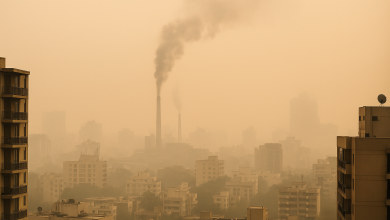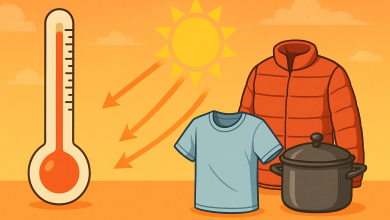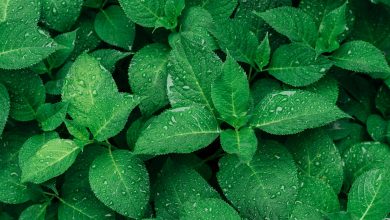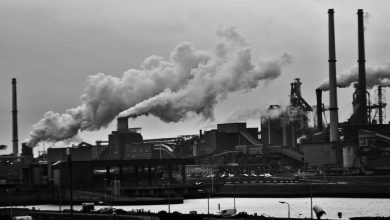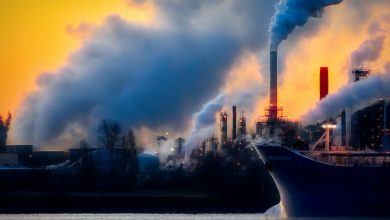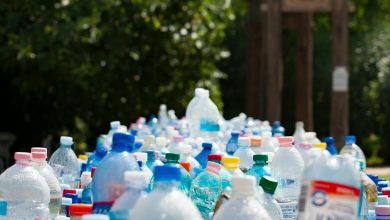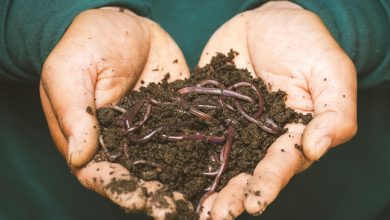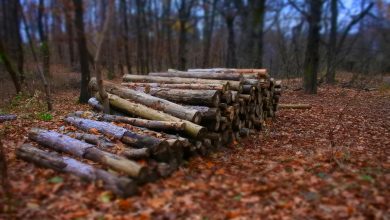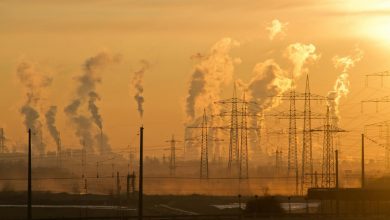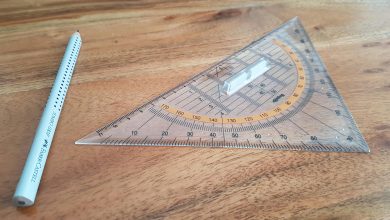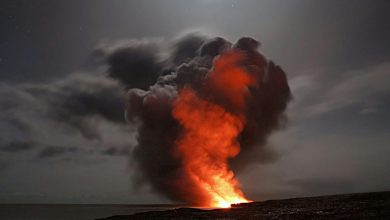Basic Science
-
Acids, Bases, and Salts: A Brief Introduction
. Acids, bases, and salts are fundamental concepts in chemistry that are vital to both scientific understanding and practical applications…
Read More » -
Differences Between Physical and Chemical Changes in Matter
. Matter is everything we can see, touch, or even smell: the chair you’re sitting on, the air you’re breathing,…
Read More » -
Air quality: Why PM2.5 and PM10 Are a Critical Health Concern
. Air quality remains a pressing global challenge that impacts virtually every country, yet the myriads of contaminants drifting overhead…
Read More » -
Air Around Us: Composition, Importance, and Everyday Wonders
Air is something we often take for granted, yet it is absolutely essential for life as we know it. It…
Read More » -
Exploring the World of Magnets
Magnets are fascinating objects that have been used for centuries in various applications, from navigation to modern technology. In this…
Read More » -
Heat and Us: Understanding How Temperature Shapes Our Life
Heat is an invisible force that influences nearly everything we do, from the food we cook and the clothes we…
Read More » -
The Living Organisms: Characteristics and Habitats
Living organisms exist in a fascinating variety of forms, each uniquely adapted to thrive in specific environments. To truly understand…
Read More » -
Food: Where Does It Come From?
Food is a basic necessity for all living organisms, providing energy, nourishment, and the building blocks for growth and repair.…
Read More » -
Deficiency Diseases : Causes, Implications, and Prevention
“Deficiency diseases” are medical conditions that arise from the lack of essential nutrients in the body. . These nutrients, including…
Read More » -
Understanding The Process of Photosynthesis
. Photosynthesis is a vital biological process through which green plants, algae, and certain bacteria convert light energy into chemical…
Read More » -
Basic Understanding of Electric Switches
Electric switches are ubiquitous components in our modern world, playing a crucial role in controlling the flow of electricity in…
Read More » -
How to Calculate Carbon Footprint?
. Calculating a carbon footprint does not adhere to a singular methodology; rather, it is a multifaceted measurement that considers…
Read More » -
Understanding Carbon Footprint: What It is and Why It Matters
In an era where climate change dominates global discussions, the term “carbon footprint” has emerged as a crucial concept. But…
Read More » -
Plastics: A Double-Edged Sword in Modern Society
Plastics have become an integral part of our daily lives since their widespread adoption in the mid-20th century. . These…
Read More » -
Recycling and Reusing Paper
Paper recycling is a crucial environmental practice that helps conserve natural resources, reduce waste, and minimize the carbon footprint of…
Read More » -
Vermicomposting: Nature’s Recyclers at Work
. Vermicomposting is an eco-friendly process that harnesses the power of nature’s recyclers like earthworms – to transform organic waste…
Read More » -
The Water Cycle: Nature’s Continuous Journey
. Water is the lifeblood of our planet, constantly moving and transforming in a never-ending cycle. . The water cycle,…
Read More » -
What is sustainable forestry?
Sustainable forestry refers to the management and regeneration of forest ecosystems to meet current societal needs for forest resources while…
Read More » -
Lithium Ion Battery: Uses and applications
Batteries power everything from the portable and handheld devices like smartphones and watches to transport modes like cars and trains.…
Read More » -
Clearing the Air: Understanding the Dangers of Ground-Level Ozone
Ground-level ozone is a major component of smog and a significant air pollutant that poses serious threats to human health…
Read More » -
The History of Clothing Materials
Clothing materials have a long and complex history. . The earliest materials used for clothing were natural fibers from plants…
Read More » -
What is an Electric Cell?
. An electric cell is a device that converts chemical energy into electrical energy. . It consists of two electrodes,…
Read More » -
Standard units of measurements
Measurements are extremely important that provide accurate details about physical properties, which is crucial for various applications like scientific research,…
Read More » -
The Dangers of Carbon Monoxide: An Invisible Air Pollutant
. Each year, hundreds of people in India tragically lose their lives due to Carbon Monoxide (CO) poisoning – an…
Read More » -
Exploring the Electromagnetic Spectrum: A Handy Guide
The electromagnetic spectrum is a fundamental concept in physics and plays a crucial role in various fields of science and…
Read More » -
Beyond Speed: Delving into the Mechanics of Torque
Torque can be defined as the force that induces rotational motion around an axis. . Similar to how force triggers…
Read More »


